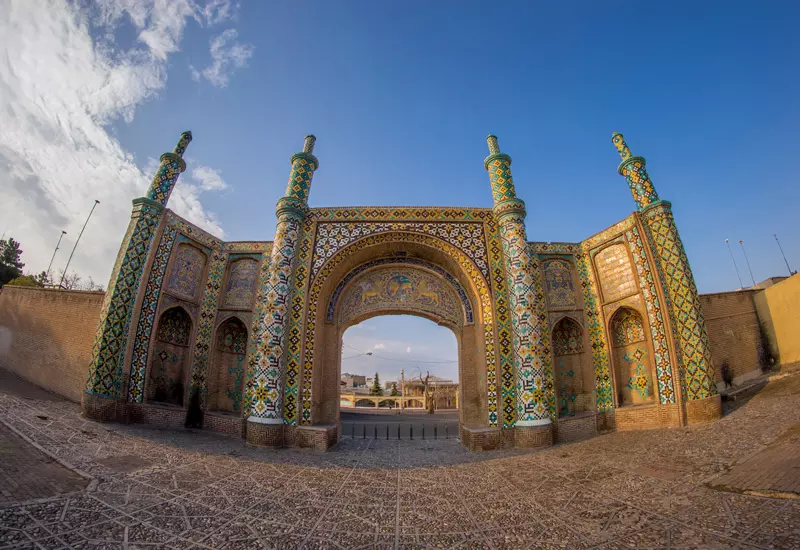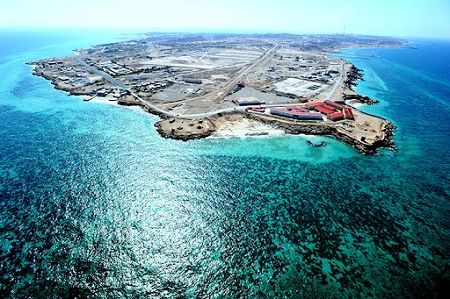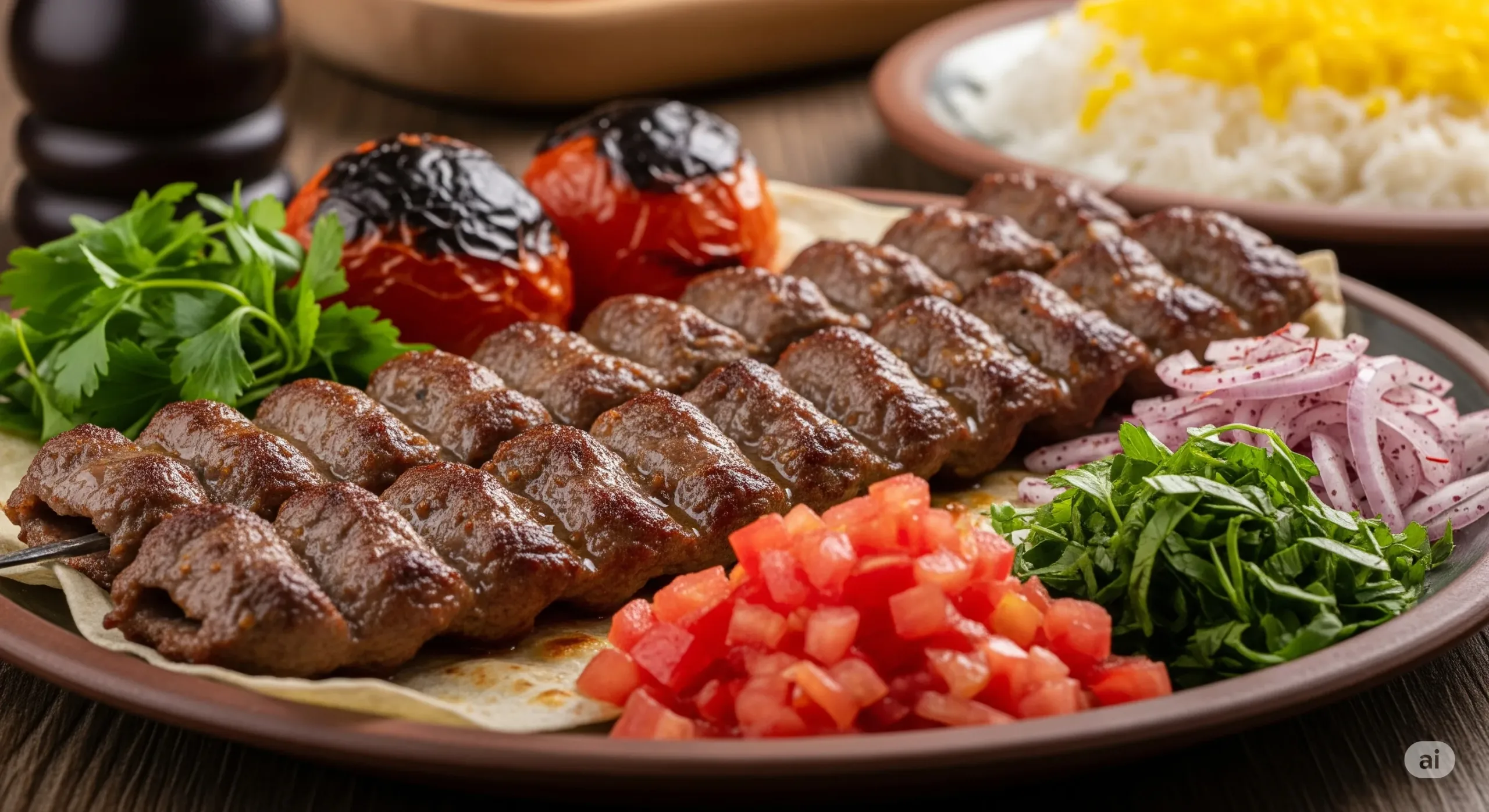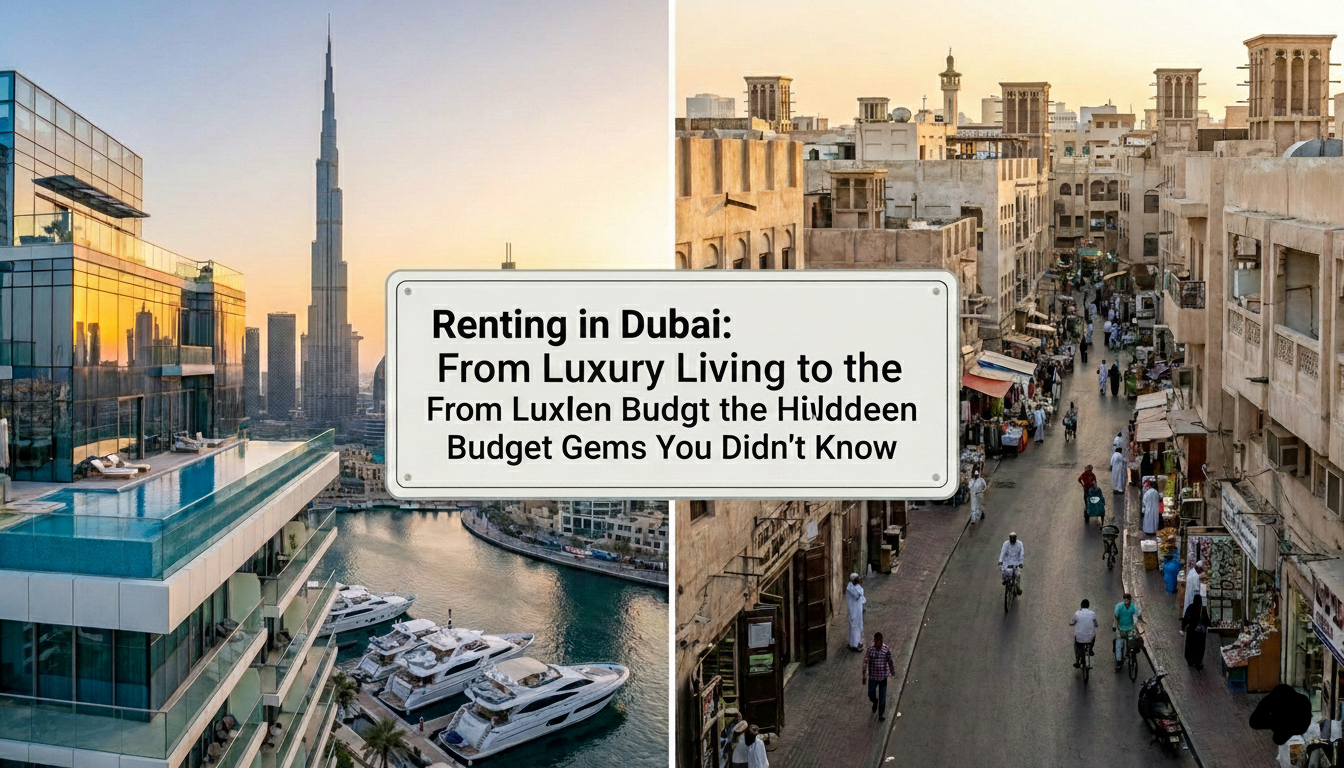Exploring Koushk Gate, a Marvel of Architecture in Qazvin
Qazvin, the capital of calligraphy in Iran, is renowned for its numerous gates and walls. Throughout history, the presence of these walls and gates encircling the city has transformed Qazvin into one of the safest cities in the world. These gates, with their unique architecture and abundant decorations, showcased the grandeur and magnificence of the city to travelers. One of these gates, considered among the landmarks of Qazvin, is the Koushk Gate, which we will delve into below.
What you need to know about Koushk Gate:
Where is Koushk Gate located?
The history of Koushk Gate.
The architecture of Koushk Gate.
Tips for visiting Koushk Gate.
Attractions around Koushk Gate.
Koushk Gate: A Historical Landmark in Qazvin
Location of Koushk Gate:
Address: Qazvin Province, Qazvin City, end of Azadi Street
Koushk Gate is considered one of the significant historical gates of Qazvin, situated at the end of Azadi Street or the old Naderi Street in present-day Qazvin. This grand gate used to open towards Almout, Rudbar, Koushk, as well as the northern hunting grounds of Qazvin. The name “Koushk Gate” was registered as item number 391 in the National Heritage List of Iran on March 16, 1975 (26 Esfand 1353).
Access Route to Koushk Gate:
To reach Koushk Gate from the city center, take Shahid Boulevard and then Prophet Street until you reach Azadi Square. Then, enter Naderi Boulevard (Azadi) and proceed to Mir Emad Square. Fully circle the square and enter Rasalat Street on your right. Koushk Gate is located on the first alley on the right side of Rasalat Street.
History of Koushk Gate:
In the past, Qazvin was surrounded by walls and gates to ensure its security. In the third century AH (Islamic calendar), Qazvin had seven gates through which people traveled. During the Qajar period, the number of gates increased to nine, interconnected by walls. These gates included Panbe Risheh, Rah-e Koushk, Sheikh Abad, Rasht, Maghlavak, Khandaqbar, Shahzadeh Hossein, Masjed, and Tehran Gate. However, what remains today are two gates known as “Tehran Gate” in the south and “Koushk Gate” in the north of the city, both from the Qajar period, and each is considered a tourist attraction in Qazvin.
The construction of Koushk Gate is dated back to the year 1296 AH (Islamic calendar) during the reign of Mir Mohammad Hossein Adl al-Molk Qazvini. Later, Prince Adl al-Dawlah ordered the tiling and addition of various decorations to this gate.
Architecture and Visiting Tips for Koushk Gate
Architecture of Koushk Gate:
The entrance of Koushk Gate takes the form of a semicircle and is of the type known as “Kolileh Arch”. The side facing the city is undecorated and features a brick facade, while the outward-facing side is tiled and intricately designed. This tiling work was carried out during the reign of Adl al-Molk Qajar.
The arches of Koushk Gate are not placed on a straight line. On both sides of the gate’s entrance, two alcoves with a narrow width are built, gently curving inward, giving the impression of embracing and guiding travelers.
Visiting Tips for Koushk Gate:
The streets around Koushk Gate are crowded and traffic-heavy.
There is limited parking space around Koushk Gate; therefore, it’s better to use public transportation.
Shops, green spaces, and restroom facilities are available in the vicinity of Koushk Gate.
The nighttime illumination of Koushk Gate is highly popular for its scenic beauty.
Street vendors and stalls around Koushk Gate offer souvenirs and handicrafts for sale.
Admission to Koushk Gate is free of charge.
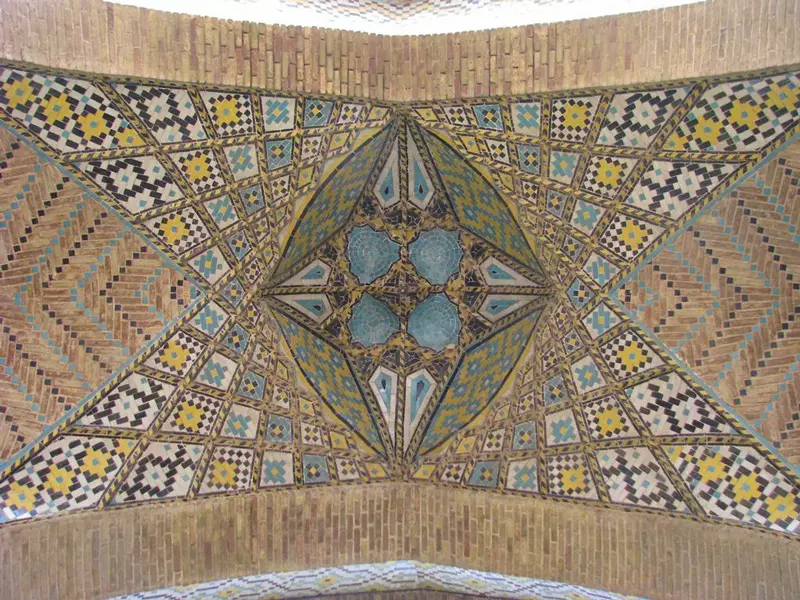
Attractions Around Koushk Gate
Qazvin Bazaar
Address: Qazvin Province, Qazvin City, Imam Khomeini Street (Rah)
Qazvin Bazaar is one of the most important historical structures from the Safavid era, which expanded during the early Qajar period. Located in the old fabric of Qazvin city on Imam Khomeini Street, it consists of numerous caravanserais and inns, including Saad al-Saltaneh Caravanserai and Qaisariyeh Inn. Qazvin Bazaar is an ideal place to purchase items such as rugs, pottery, carpets, kilims, reverse glass paintings, Qazvini sweets, various fruits, and more.
Almout Castle
Address: Qazvin Province, Qazvin County, Rudbar Almout District, Gazarkhan Village
Almout Castle, situated near Qazvin city in Gazarkhan Village, is one of the most famous castles in Iran, dating back to the time of Hasan Sabbah and the Seljuk era. Accessing this castle, which has only one entrance due to security reasons, requires a 45-minute hike and is not recommended for the elderly or those with mobility issues.
If you have visited Qazvin and Koushk Gate before, share your thoughts and experiences with us and other Gulf City Pedia users.
FAQs:
Where is Koushk Gate located?
Koushk Gate in Qazvin is considered one of the important historical gates of the city, situated in present-day Qazvin at the end of Azadi Street or the old Naderi Street.
What is the history of Koushk Gate?
The construction of Koushk Gate dates back to the year 1296 AH (Islamic calendar) during the reign of Mir Mohammad Hossein Adl al-Molk Qazvini.
Where did Koushk Gate open to?
In the past, this grand gate used to open towards Almout, Rudbar, Koushk, as well as the northern hunting grounds of Qazvin.
How much does it cost to visit Koushk Gate?
Admission to Koushk Gate is free of charge.

